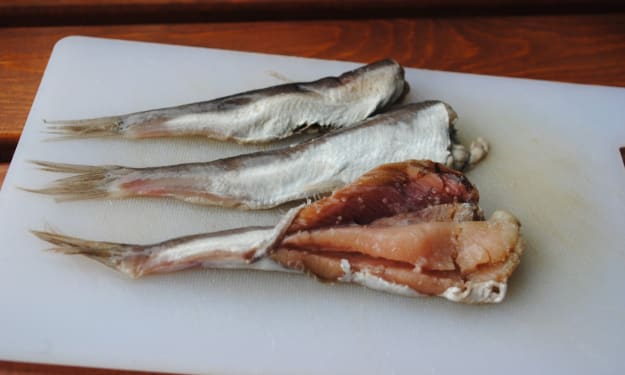Rich Tapestry of Japanese Customs
Exploring the Rich Tapestry of Japanese Customs

Exploring the Rich Tapestry of Japanese Customs
Japan, a captivating land of ancient traditions and modern innovation, has a unique cultural heritage that is deeply rooted in its customs. From bowing to tea ceremonies, the customs of Japan have stood the test of time, providing an insight into the values and etiquette cherished by its people. In this article, we will delve into the fascinating world of Japanese customs, shedding light on their origins, significance, and how they continue to shape society today.
Bowing is an integral part of Japanese culture and serves as a nonverbal way of expressing respect and gratitude. The depth and duration of the bow vary depending on the context and social hierarchy. In formal settings, such as business or official meetings, a deeper bow is expected, while a slight bow is sufficient in casual situations. Bowing is a symbol of humility and acknowledges the importance of harmonious interactions in Japanese society.
Tea ceremonies, or “sado” in Japanese, represent a harmonious blend of aesthetics, spirituality, and meticulous attention to detail. Dating back to the 9th century, these ceremonies showcase the art of preparing and serving matcha, powdered green tea. Rooted in Zen Buddhism, tea ceremonies emphasize the principles of tranquility, respect, and mindfulness. Participants experience a moment of stillness and connection while appreciating the beauty of the tea utensils, the serene atmosphere, and the exquisite taste of the tea.
The Beauty of Impermanence (100 words): Hanami, the custom of admiring cherry blossoms, is a cherished tradition in Japan. Every spring, people gather under the delicate pink canopy of cherry blossoms, symbolizing the transient nature of life and the beauty found in fleeting moments. Parks and gardens become vibrant with picnics and festivities as locals and tourists alike revel in the ephemeral splendor of the sakura. This tradition is a reminder of the value the Japanese place on finding joy in the present and appreciating the transient nature of existence.
Onsen, natural hot springs, hold a special place in Japanese customs and are deeply ingrained in the culture. They are not only a source of relaxation but also a social gathering space. Onsen etiquette emphasizes cleanliness, modesty, and respect for others. Before entering the hot springs, one must thoroughly wash and rinse their body. Tattoos are often not allowed due to their association with organized crime in Japanese history. Onsen provide a serene escape where people can rejuvenate their bodies and souls while enjoying the therapeutic benefits of the mineral-rich waters.
Matsuri, traditional festivals, are vibrant and energetic events that celebrate Japan’s rich cultural heritage. These festivals often honor local deities, historical events, or agricultural milestones. Participants dress in colorful traditional attire, dance to traditional music, and indulge in traditional street food. Fireworks, parades, and theatrical performances are common elements of matsuri. These festivals are not only an opportunity for locals to come together but also an invitation for visitors to immerse themselves in the lively spirit of Japan’s customs and traditions.
Japanese customs are a reflection of the country’s deep-rooted traditions and the values held dear by its people. From bowing to tea ceremonies, cherry blossom viewing to onsen, these customs provide glimpses into Japan’s rich cultural tapestry. As Japan embraces modernity and global influences, these customs continue to evolve, adapt, and retain their significance in Japanese society. By participating in and preserving these customs, the Japanese people honor their heritage and maintain a strong sense of identity. These customs also offer visitors a unique opportunity to engage with Japan’s rich cultural fabric and gain a deeper understanding of its people. Whether it’s the graceful bowing, the meditative tea ceremonies, or the joyful matsuri, Japanese customs encapsulate a profound sense of respect, harmony, and appreciation for the beauty of life. As we navigate a rapidly changing world, exploring and appreciating these customs can serve as a reminder of the importance of tradition, mindfulness, and cultural diversity in fostering a more interconnected global community.
About the Creator
BUSHRA TANVIR
I am a poetess and article writer
Enjoyed the story? Support the Creator.
Subscribe for free to receive all their stories in your feed. You could also pledge your support or give them a one-off tip, letting them know you appreciate their work.






Comments
There are no comments for this story
Be the first to respond and start the conversation.